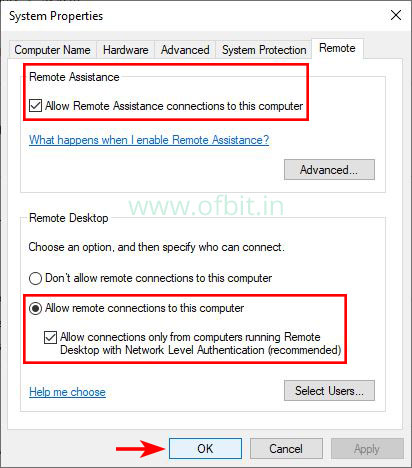
Windows Server 2008 R2 Service Pack 1, Windows 7 Service Pack 1 Windows Server 2012-all editions and installation options, and corresponding version of Hyper-V Server Windows Server 2012 R2-all editions and installation options, and corresponding version of Hyper-V Server Windows Server 2016-all editions and installation options, including Nano Server, and corresponding version of Hyper-V Server In general, older versions of Hyper-V Manager can only manage a Hyper-V host running the same version or the comparable Windows Server version. For details about the support status of a particular operating system version, use the Search product lifecycle button on the Microsoft Lifecycle Policy page. Only supported operating system versions are listed. The following table shows which versions of a Hyper-V host you can manage from a particular version of Hyper-V Manager. For example, if you use the version of Hyper-V Manager in Windows Server 2012 R2 to remotely manage a host running Hyper-V in Windows Server 2012, you won't be able to use features available in Windows Server 2012 R2 on that Hyper-V host. When you do this, Hyper-V Manager provides the features available for the version of Hyper-V on the host you're managing. In some cases you can use a different version of Hyper-V Manager than the Hyper-V version on the host, as shown in the table. Supported combinations of Hyper-V Manager and Hyper-V host versions If Hyper-V Manager isn't installed, see the instructions below. For details about hardware for Hyper-V hosts, see System requirements. Doing a tools-only installation means you can use the tools on computers that don't meet the hardware requirements to host Hyper-V.

It's installed when you install the Hyper-V Management Tools, which you can do either through a full Hyper-V installation or a tools-only installation. Hyper-V Manager lets you manage a small number of Hyper-V hosts, both remote and local. This article lists the supported combinations of Hyper-V hosts and Hyper-V Manager versions and describes how to connect to remote and local Hyper-V hosts so you can manage them. Applies to: Windows Server 2022, Windows Server 2019, Windows Server 2016, Windows Server 2012 R2, Windows 10, Windows 8.1


 0 kommentar(er)
0 kommentar(er)
